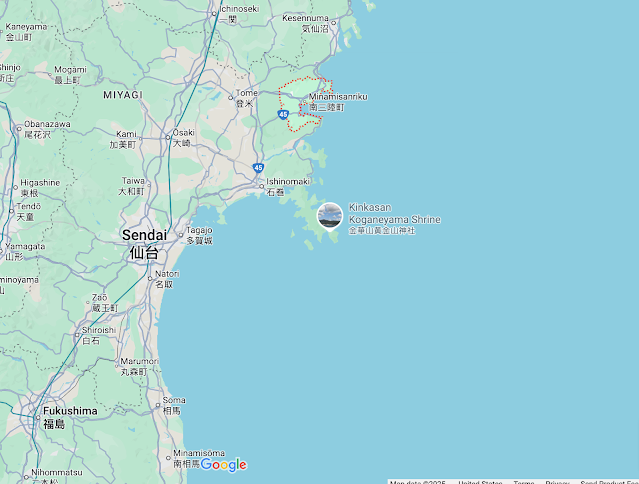Stephen B. Meister for The New York Post takes us on a grand tour of The Inferno, from the first level to the last:
Sales of existing homes dropped 9.6 percent in February to their lowest level since 2002 -- 4.88 million per year. And that's the good news.
Sales of new homes have collapsed. In February, they dropped 16.9 percent to an all-time-record low -- 250,000 a year, down from 900,000 in early 2007. ...
The median price of an existing home dropped 5.2 percent to $156,100, while the median new-home price is down 13.9 percent, to $202,100. ...
The official statistics show an inventory of 3.67 million new and existing homes -- 8.6 months' worth at the present anemic sales rate. But the real inventory is likely double that . . ..
Nearly one in four borrowers -- more than 11 million households -- owes more than the house is worth. Another 2.4 million homeowners have less than 5 percent equity, putting them right on the edge. And those numbers will all soar as prices slide further. ...
All this means there's a backlog of some 10 million homes that must get sold before housing can truly recover. But fewer than 5 million homes now trade hands in a year -- and that's mostly sales of nondistressed homes, which aren't even part of the glut. So it's clear that home prices are bound to go down further and remain down for years.
Every economist knows you get more of what you subsidize. Due to all the overbuilding from years of federal housing subsidies, today a staggering 18.4 million homes are empty year-round. (That's down from 18.9 million a year ago, as lower prices have lured investors who've rented out homes bought at foreclosure.)
Given that there are 112.5 million occupied housing units (including rentals) in America, that means that there's one vacant home for every six occupied ones.
Short of bulldozing the millions of unneeded homes, it will take years of population growth and household formations to absorb the excess.
You won't like the rest, either,
here.








